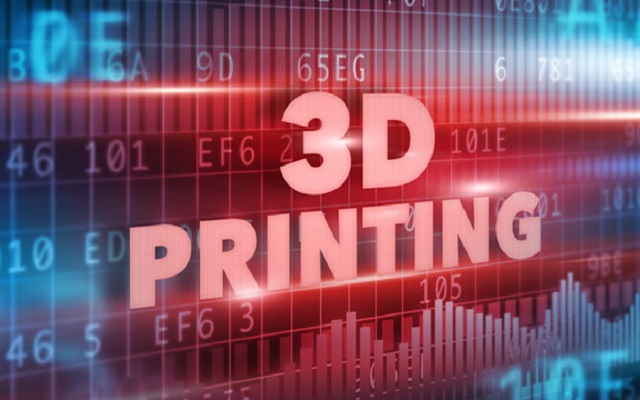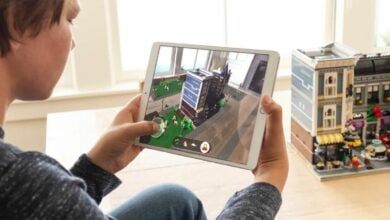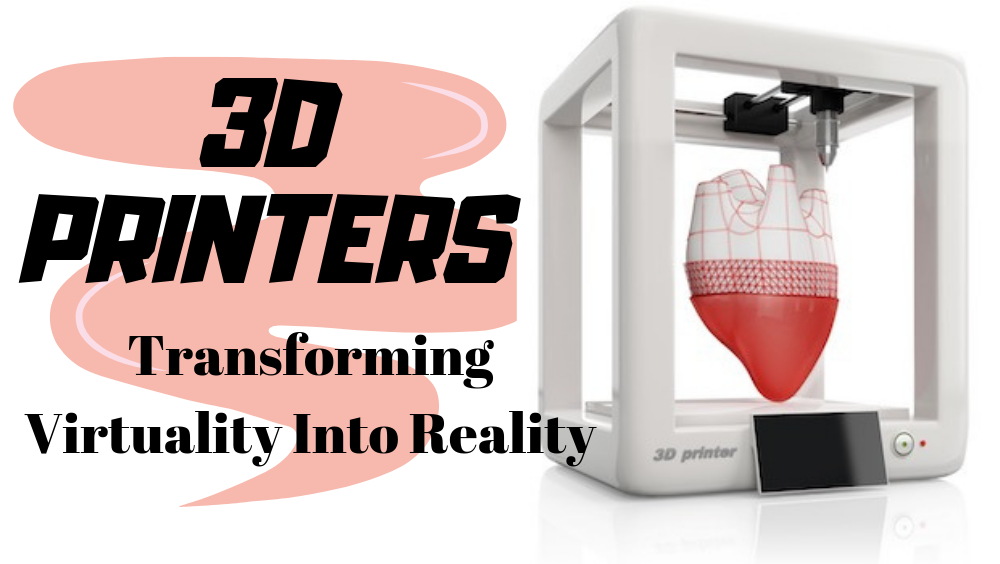3D Printing Technology: The Next Revolution

The marvels of technology are unlimited, every other day we hear about some remarkable piece of technology, 3D printing is one such tech prodigy. In today’s world, there would be hardly few people who still haven’t used a 2D Printer. Software programs such as Photoshop, InDesign and Illustrator, which make it easy to edit photos, posters, designs, etc., have become incredibly widespread today. But what if you get all those photos’ prototypes in your hands? This is what the 3D printing does, it makes three dimensional solid objects from a digital model.
3D Printing Technology: The Next Revolution
Worldwide 3D printing industry is expected to reach revenues of $12.8 billion by 2018, surpassing a whopping $21 billion worldwide by 2020
Invented by a man named Chuck Hull back in 1986, 3D printing is a process of taking a digital 3D model and turning that digital file into a physical object.
However, his invention was concentrated solely on a fabrication process called Stereolithography (SLA). But later on, different types of 3D printing technologies were introduced, which process different materials in different ways to create the final object. Some important 3D technologies are Fused Deposition Modeling (FDM) / Fused Filament Fabrication (FFF), Selective Laser Sintering (SLS), PolyJetting and others.
Among them, FDM/FFF or SLA processes are mostly used because these technologies are cheaper and easier to implement with machines. Now just think about 3D printed car, human body part, medicines or more surprisingly 3D printed Hamburger. Although it sounds somewhat silly, but it is true. Recently 3D printed Hamburger has been developed which will take cooking to the next level. Now the question is how a 3D printer works? It all starts with making a virtual design of the object you want to create. This virtual design is for instance a CAD (Computer Aided Design) file.
Education, specifically science, technology, engineering and Mathematics, will benefit Enormously from 3D printing technologies
This CAD file is created using a 3D modeling application or with a 3D scanner (to copy an existing object). A 3D scanner can make a 3D digital copy of an object. So, the three basic steps of 3D printing are:
3D scanners:
It uses different technologies to generate a 3D model. Examples are: timeof-flight, structured / modulated light, volumetric scanning and many more. Recently, companies like Microsoft and Google enabled their hardware to perform 3D scanning, like Microsoft’s Kinect.
3D modeling software:
These are industrial grade softwares that cost thousands a year per license, but also free open source software, like Blender,for instance.
3D printer:
The next step is to print that 3D model, this step is also called slicing. In this process, 3D model is divided into hundreds or thousands of horizontal layers. When the 3D model is sliced, 3D printer creates a three dimensional object. According to recent research from Wohlers, the worldwide 3D printing industry is expected to reach revenues of $12.8 billion by 2018, and to surpass a whopping $21 billion worldwide by 2020. Infact, 3-D printing technology is advancing at a staggering rate. 3D printing helps the visually impaired persons in educational purposes as well. They can print a 3D version of a photograph and visualize it via touch and it will surely help them to understand the things what they are studying. The Cortex exoskeletal cast is a 3D-printed casts for fractured bones. It is light, washable, breathable and recyclable as compared to the traditional plaster cast.
The main challenge of 3D technology to evolve is the lack of inhouse additive manufacturing resources
The 3D printing of a drive-able plastic car in 44 hours heralds a new world in which motor companies can 3D print entire cars, in one piece. Education, specifically science, technology, engineering and Mathematics, will benefit enormously from 3D printing technologies. NASA is considering to assemble space vehicle motors through 3D printing. Fuel injectors printed from metal alloys have been tested successfully. Despite these trends, the 3-D printing industry faces challenges. Companies are still struggling to find ways to incorporate the technology into their product development and manufacturing operations.
The main challenge of 3D technology to evolve is the lack of in-house additive manufacturing resources. Also the lack of expertise and/or training among workforce is one of the biggest challenges. Equipment costs, Limited materials availability, Postprocessing requirements and Manufacturing costs are the main challenges that one can face during 3D printing evolution. However, 3D printing is gaining popularity day byday. It is predicted that this technological development will change the nature of commerce, because end users will be able to do much of their own manufacturing rather than engaging in trade to buy products from other people and corporations.
With effects on energy use, waste reduction, customization, product availability, medicine, art, construction and sciences, 3D printing will entirely change the manufacturing world
Future versions of smartphones will probably have integrated 3D scanners. With effects on energy use, waste reduction, customization, product availability, medicine, art, construction and sciences, 3D printing will change the manufacturing world as well.
PTA Taxes Portal
Find PTA Taxes on All Phones on a Single Page using the PhoneWorld PTA Taxes Portal
Explore NowFollow us on Google News!



